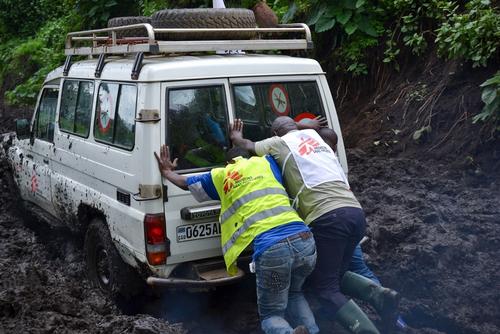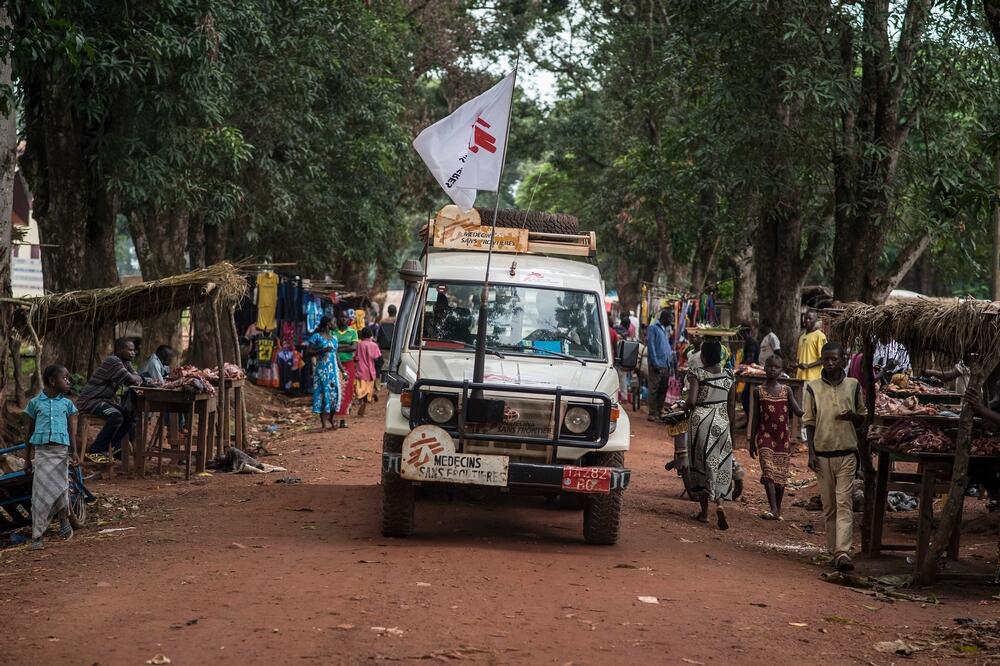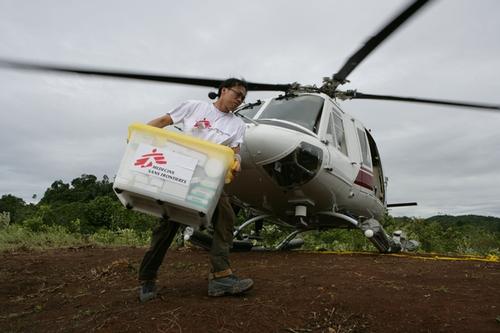The iconic MSF Land Cruiser
Strong, simple, almost indestructible... this four-wheel drive has been used since the early 1980s in our projects all over the world
The Land Cruiser is an incredible vehicle - it's basically pretty much indestructible. There are no electronics, everything's accessible, and the design has barely changed since it was invented. There's nothing to beat it - as Jeremy Clarkson proved on Top Gear when he tried to destroy one and failed.
In Brussels, we kit them out then ship them to the countries where we work.
When the Land Cruiser arrives in the field, you literally turn it on and drive away. It's kitted out with everything - it's plug and play.
The newest vehicles go to the vehicles go to the most challenging places - to nurses doing mobile clinics deep in the bush - that's where they're most needed. The old ones go to the country manager in the capital!
For me, as a former logistician, they're a lifeline. You can't move in the projects we work in unless you've got Land Cruisers. You fall in love with them after a while. I give them all names when I'm in the field, and I know which one is coming home by the sound it makes. That's how important they are to me.
The mother of one logistician phoned up our headquarters and said, "My son's just arrived back home in France with one of your vehicles - its that normal?" He couldn't bear to be separated from his Land Cruiser so he drove home in it.

Read stories from logisticians
1. Magnetic blue light
You charge it by plugging it into the cigarette lighter, then stick it on the roof so that people can see it in an emergency.
2. MSF stickers
You can choose how visible you are, but in some places, it's really important that people know we are MSF.
3. Mobile oxygen concentrator
Powered by batteries, it takes in air and concentrates it to produce oxygen. It's expensive, but it's essential in areas where you can't get an oxygen cylinder.
4. Pulse oximeter
This does two really important jobs. It shines two wavelengths of light into the patient's finger, electronically counting their pulse at the same time as calculating how much oxygen is in their blood. It's small, mobile and really robust.
5. Defibrillator
If someone has a cardiac arrest on the way to the hospital, this is the only thing that will keep them alive.
6. Suction unit
To clear an airway so that patients can breathe. If someone is shot in the chest, for example, you can get a lot of blood coming out of the mouth which can make breathing difficult.
7. 'Scoop stretcher'
Excellent for trauma care. With the patient lying on the ground, you push it underneath them and it clips together. The patient doesn't have time to move - especially important with neck injuries. It's a very fast and safe way of getting somebody out of the scene of danger.
8. Tyres
We use four types of tyres: sand, mud, road and heavy-duty (for transporting building materials).
9. Syringe pump
To give emergency drugs at the correct rate, either very slowly or very fast. Also used for intravenous fluids and infusions.
MSF transport
Of course, 4x4s aren't the only way we get around. Take a look at this video to find out more about the ways we reach our patients.



